Discover 11 hidden attractions, cool sights, and unusual things to do in Rochester (United States). Don't miss out on these must-see attractions: Mayo Civic Center, Rochester Public Library, and Co-Cathedral of St. John the Evangelist. Also, be sure to include Silver Lake in your itinerary.
Below, you can find the list of the most amazing places you should visit in Rochester (Minnesota).
Table of Contents
Mayo Civic Center
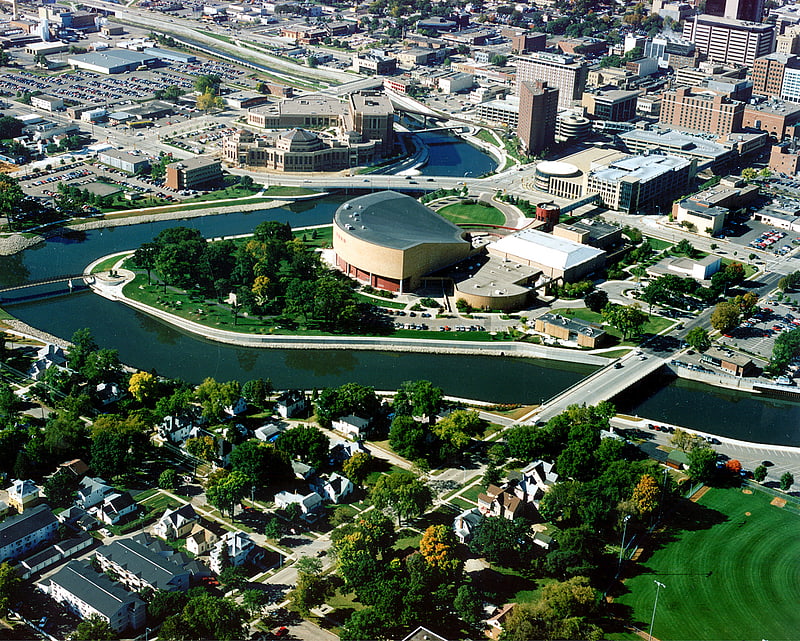
Convention center in Rochester, Minnesota. The Mayo Civic Center is a multi-purpose convention center and event facility in Rochester, Minnesota.
The original building was built in 1938, as a gift to the city by Dr. Charles H. Mayo and Mayo Properties Association (now Mayo Clinic) and has been expanded and renovated several times over the years. It consists of a Ballroom (40,000 sq. ft.) used for conferences and galas, Arena (5,200 seats) used for concerts, wrestling, and basketball, Auditorium (3,000 seats) used for concerts, performing arts, and sporting events, an Exhibit Hall for consumer shows and a Presentation Hall theatre for the arts (1,084 fixed seat theatre). The Mayo Civic Center also has 23-meeting rooms/suites varying in size.
Mayo Park, a serene, 11-acre park, adjacent to the venue offers groups the opportunity to host outdoor events.
It was home to the Rochester Mustangs ice hockey team and various professional basketball franchises.
It is perhaps famous to music fans for being the shooting location for Bon Jovi's music video for 1986's "Wanted Dead or Alive".[1]
Address: 30 Civic Center Dr SE, 55904-3812 Rochester
Rochester Public Library
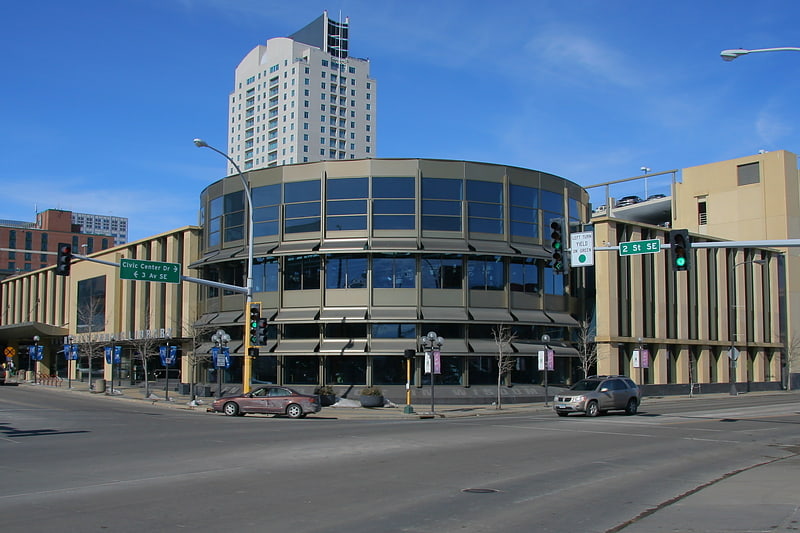
Public library in Rochester, Minnesota. The Rochester Public Library is a library in Rochester, Minnesota. It is a member of Southeastern Libraries Cooperating, the southeast Minnesota library region. It is the largest public library in an 11-county consortium.[2]
Address: 101 2nd Street SE, Rochester
Co-Cathedral of St. John the Evangelist
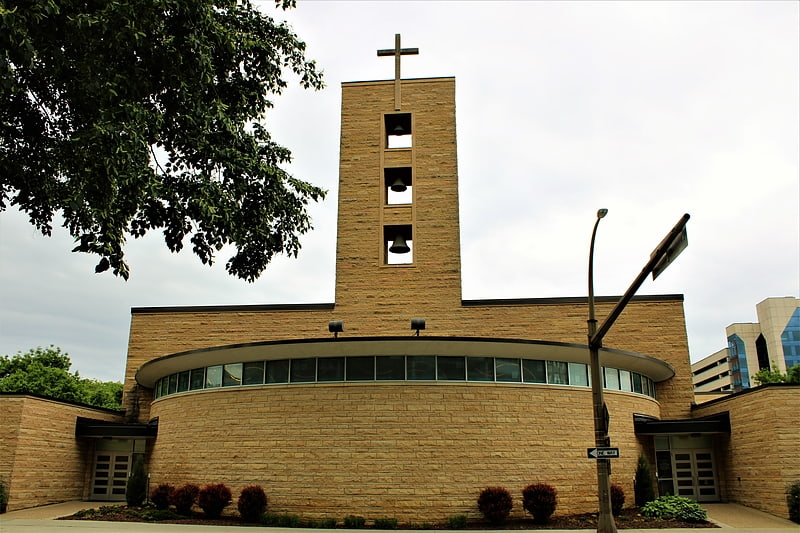
Cathedral in Rochester, Minnesota. The Co-Cathedral of St. John the Evangelist is a cathedral of the Catholic Church in Rochester, Minnesota, United States. It is the co-cathedral and a parish church of the Diocese of Winona-Rochester.[3]
Address: 4th Avenue SW, Rochester
Silver Lake
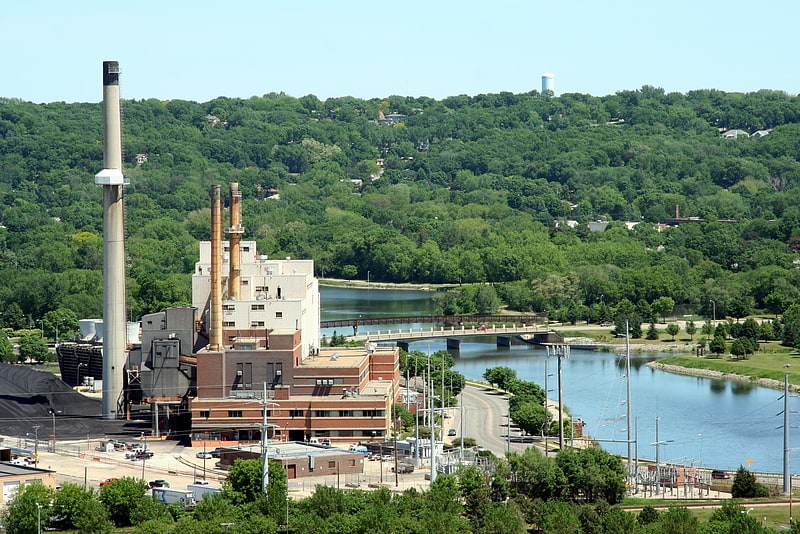
Reservoir in Minnesota. Silver Lake is a small, freshwater reservoir in Southeastern Minnesota.[4]
Address: 800 West Silver Lake Drive NE, 55906 Rochester
Rochester Art Center

Art gallery in Rochester, Minnesota. The Rochester Art Center is a contemporary arts center in Rochester, Minnesota, United States. The Center offers exhibitions of local, national and international art, as well as tours, classes, and workshops.
Founded in 1946, the Center opened in its current location in 2004. The 36,000 square-foot building was designed by Hammel, Green and Abrahamson. Its main gallery is named in recognition of the artist Judy Onofrio.[5]
Address: 40 Civic Center Dr SE, 55904-3773 Rochester
Chateau Theatre
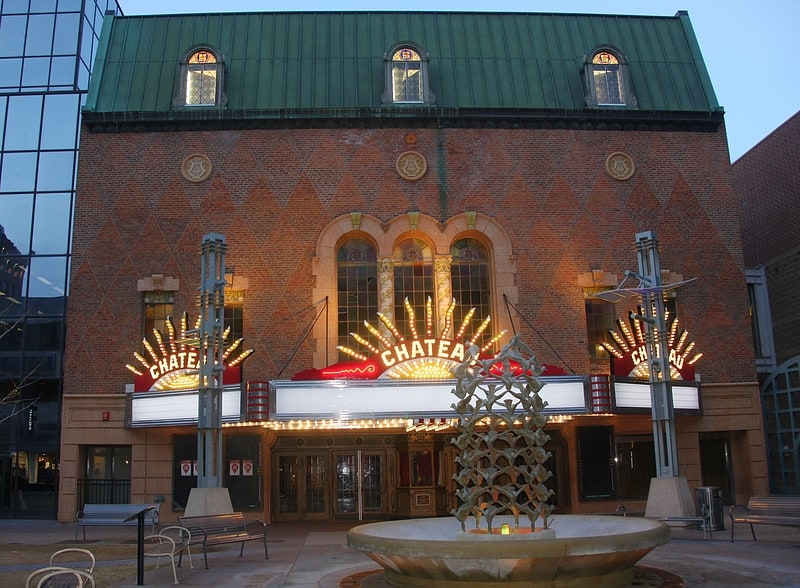
Theatre in Rochester, Minnesota. The Chateau Theatre originally opened as a Vaudeville house in Rochester, Minnesota, in 1927 with an interior decorated as a medieval village. The theater was converted to a movie house eventually remodeled and reopened as a Barnes & Noble bookstore. The Chateau was originally opened on October 26, 1927. The architects, Ellerbe, said," We have given this town the finest theater of its size, bar none, in the U.S."
On April 1927, Dr. Charles Mayo laid the building's cornerstone. The structure was originally called the Chateau Dodge Theatre because the Dodge Lumber Company had previously occupied this site. With construction costs of a then-unheard-of $400,000, the theatre opened on October 26, 1927, showing the movie "Spring Fever."
The Chateau Theatre was one of Rochester's first air-conditioned buildings, presenting plays, concerts, operas, silent and later talking movies, and vaudeville: In 1940, 25 cents' admission provided audiences three acts of music/magic/juggling, "Pathé news," comedy, and a main show. Chateau headliners over the years included actresses Ethel Barrymore and Tallulah Bankhead, the husband-wife acting team of Lynn Fontanne and Alfred Lunt, cinema cowboy Tom Mix; Mary, the rhinoceros co-starring in Johnny Weissmuller's Tarzan; and bandleader Paul Whiteman ("The King of Jazz"). From the 1940 premiere of Gone with the Wind through the 1980s Star Wars episodes, the Chateau provided Rochester the very best in cinema.
The Preservation Alliance of Minnesota calls the Chateau Theatre Minnesota's "last and best example of 'atmospheric theater."' Its principal architecture is Art Deco, a design popularized first in Europe and later the U.S. (most famously in Hollywood and Miami) from the mid-1920s to the late 1930s.
The original theatre mezzanine and inner lobby are gone; all that remains are the railings and doorways to the restrooms and lounge areas. Originally, the main theatre floor had raked seating; that is, with the rows farther from the stage rising toward the rear. The theatre originally had 1,487 red velvet seats, compared to today's "theaters," which generally seat 200 at most.
The original film projection booth sits above the second floor balcony, hidden behind the giant Barnes & Noble mural. Because of the theatre's historic nature and a desire not to disturb its decorative side walls — which replicate an early French (Normandy) village — the floor is attached only at the building's front and back walls while also supported by main floor pillars. The castle, with 40 balconies and 20-foot-high (6.1 m) turrets, resembles a 10th-century French castle (chateau). Originally passageways extended for actors to appear at the numerous windows and balconies.
The theatre ceiling is still the same dark blue as the original. The constellations, which once twinkled as dramatic scenes gradually changed from day to night, are still visible although difficult to see because of the larger spotlights later installed by Barnes & Noble. In addition to a "moon machine," also still present but no longer functioning is a cloud machine, once used to project shadows of clouds across the ceiling. The pipe organ playing for melodrama and silent movies was located on the west side of the current children's book section; organ pipes were housed in the castle gate. The proscenium arch at the top of the escalator rises above the Chateau Theatre's former stage, which measured 33 feet (10 m) across and along with the organ rose to audience eye level at the start of each performance. Along with multiple dressing rooms, backstage included metal stairs climbing five flights, with showers and toilets at every other level.
In 1979 the "World Wide Friends of the Chateau" was formed and was instrumental in preserving the theatre from demolition. Although the theatre was added to the National Register of Historic Places in 1980, it closed on October 2, 1983, with the 1934 movie classic It Happened One Night, starring Clark Gable and Claudette Colbert. Following nearly eleven years of debate. negotiation, and ultimately $4 million of renovation, Barnes & Noble reopened the doors of the Chateau Theatre on July 1, 1994.
The building was added to the National Register of Historic Places in 1980.
On January 2, 2015, the Barnes & Noble inside the Chateau Theatre closed.[6]
Address: 15 1st St SW, 55902-3009 Rochester
Rochester Marriott Mayo Clinic Area
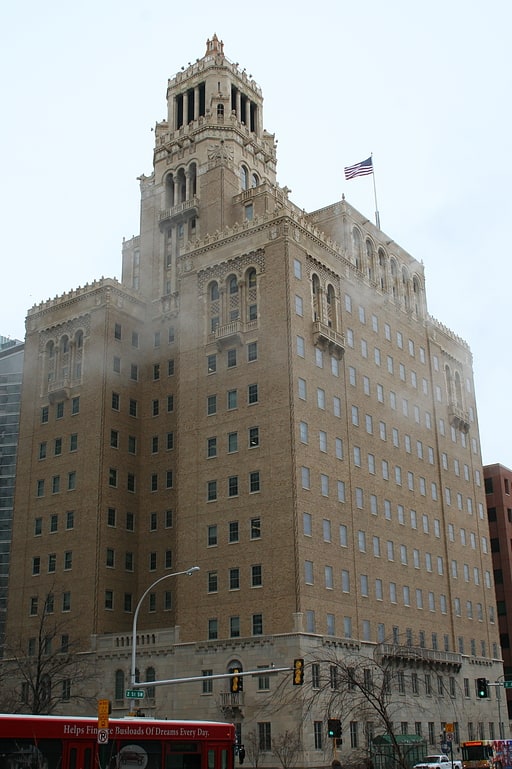
Building in Rochester, Minnesota. The Plummer Building in Rochester, Minnesota, is one of the many architecturally significant buildings on the Mayo Clinic campus. This new "Mayo Clinic" building, opened in 1928, added much needed space to the ever-expanding Mayo practice. The architect of record is Ellerbe & Co. now Ellerbe Becket. It was the third building designed by the firm for the Mayo Clinic. The Mayo Clinic Buildings were listed on the U.S. National Register of Historic Places in 1969, and the Plummer Building was further designated as U.S. National Historic Landmark a week later, designated as Mayo Clinic Building.[7]
Address: 200 1st St SW, 55905-0001 Rochester
Siebens Building
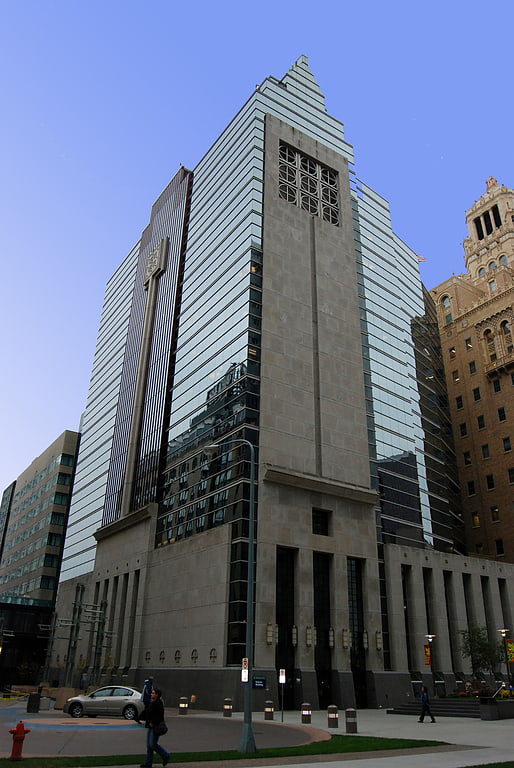
The Siebens Building is a 220-foot high-rise in Rochester, Minnesota, United States. It is built where the William Worrall Mayo home had been, and the original Mayo Clinic building was built on the site in 1914. The Siebens Building is operated by Mayo Clinic and is the center for educational activities and houses the Venables Health Science Library, classrooms and computer labs. The building also holds some Mayo Clinic administrative offices and study areas. The 14th floor—referred to as the "Greenhouse" for its glass, pitched ceilings or greenhouse-like look—is home to Mayo Clinic Volunteer Office.
The Siebens Building is formally dedicated as the Harold W Siebens Medical Education Building.[8]
History Center of Olmsted County
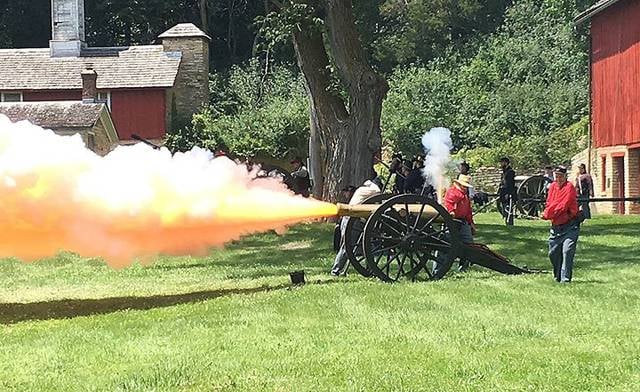
Museum, History museum
Address: 1195 W Circle Dr SW, 55902-6619 Rochester
Peace Plaza

Park, Relax in park
Address: 100 1st Ave SW, Rochester
Broadway Plaza
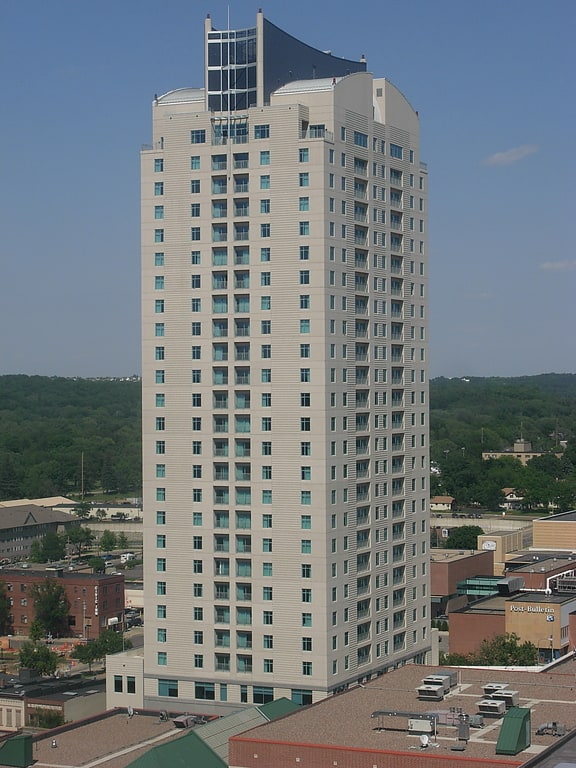
Skyscraper in Rochester, Minnesota. Broadway Plaza is a skyscraper located in Rochester, Minnesota, United States. It is 342 feet tall with 29 floors, and was completed in 2004. It is the tallest building in Rochester, and upon completion was the tallest residential building in a US city with a metropolitan area with a population less than 200,000. It is the 30th tallest building in Minnesota, and the tallest in the state outside of the Minneapolis-Saint Paul metropolitan area.[9]
Address: 15 1st St. SE, Rochester